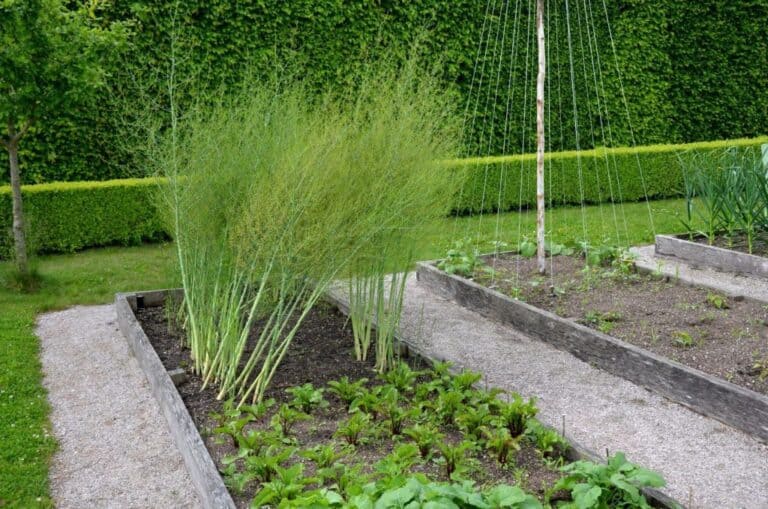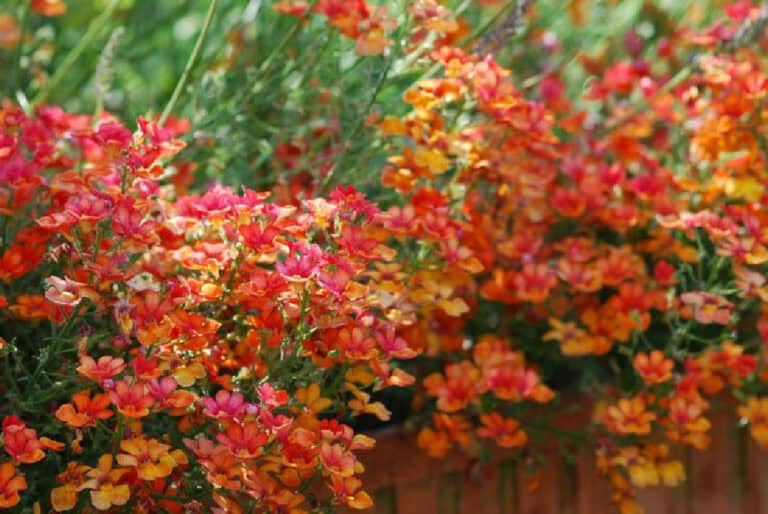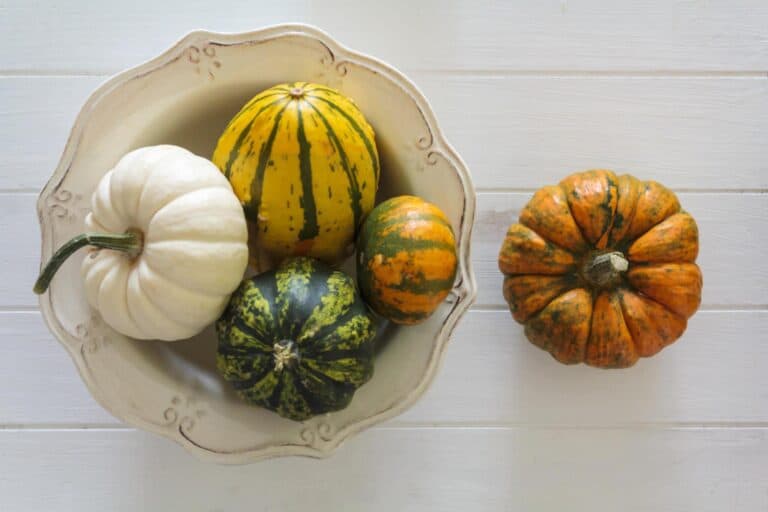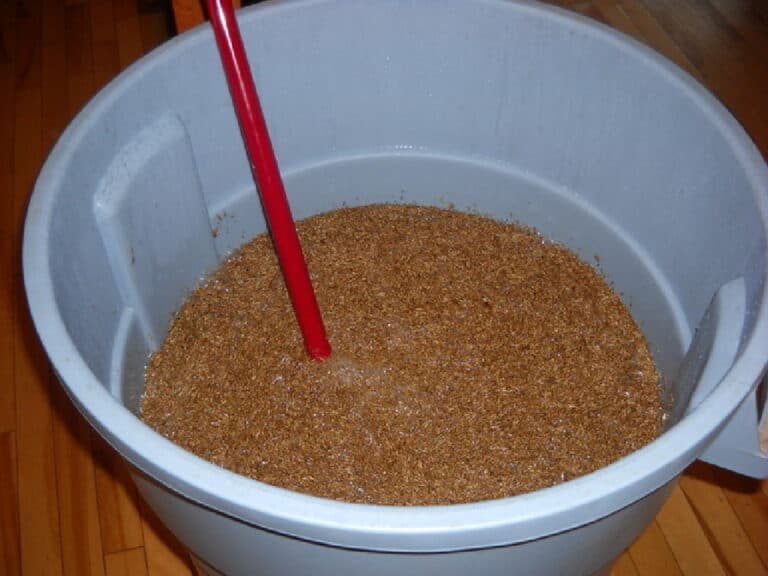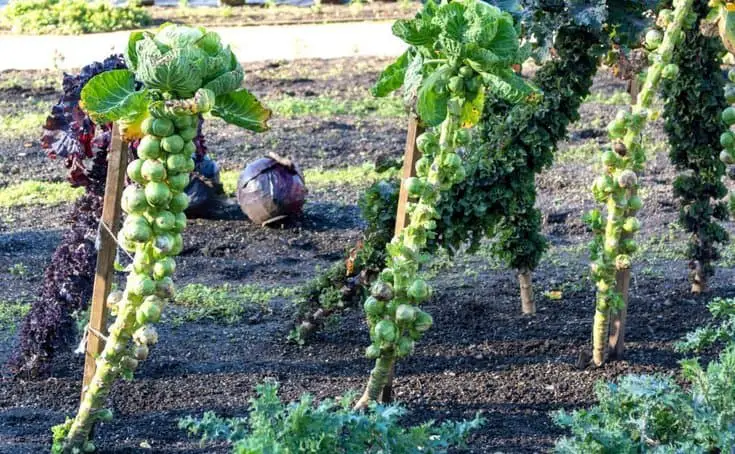How Long to Keep Horses Off Pasture After Spraying for Weeds
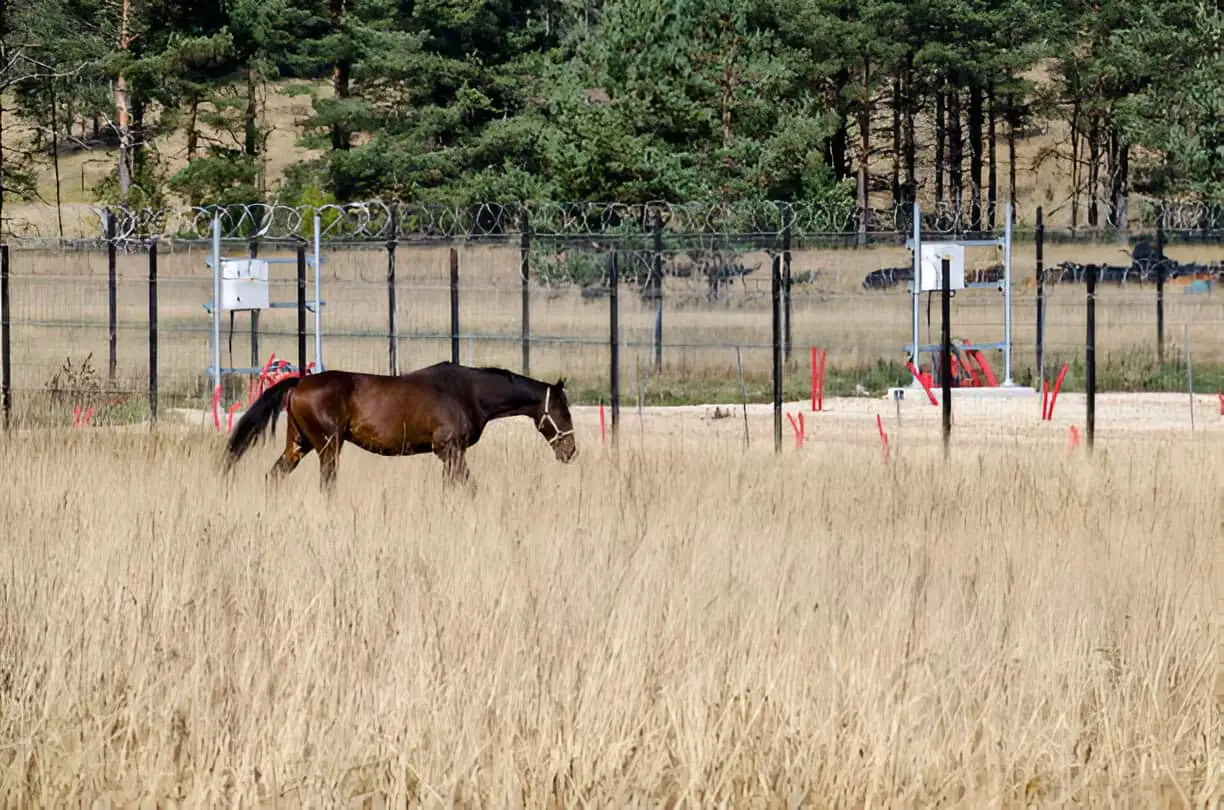
Introduction: Weeds, Horses, and the Balancing Act
If you’re anything like me, caring for your horses’ pasture can sometimes feel like a high-wire act. On one hand, you want lush, green fields with enough healthy grass for them to munch on. On the other, weeds can pop up, threatening that perfect grazing scene. And while herbicides can be an effective weapon in the battle against these unwelcome guests, the question lingers—how long should I keep my horses off the pasture after spraying?
We all know the potential risks: some chemicals in herbicides could make your horse sick if they graze too soon. Finding that sweet spot between effective weed control and keeping your horses safe can be tricky, but it’s doable with the right info. Let’s dig into the factors at play here, from the type of herbicides to the role of weather, and even some smart grazing alternatives to keep your horses happy and healthy.
What’s the Deal with Herbicides?
Let’s get one thing straight—herbicides aren’t all created equal. They vary not only in what weeds they tackle but also in how long they hang around in the pasture. Here are some common types:
| Herbicide Type | Description |
| Selective | Targets specific weeds, sparing the grasses and plants we actually want. |
| Non-Selective | Takes out everything green, which makes it effective for clearing large areas but requires careful use near pastures. |
| Residual | Sticks around for a while, providing ongoing weed control, but often requires a longer waiting period to keep grazing safe. |
| Contact | Works fast by killing what it touches—ideal for spot-treating small patches. |
| Systemic | Absorbed by the plant and works down to the roots, which is great for stubborn weeds but can stay in the plant longer than you might like. |
Knowing what kind of herbicide you’re using is like knowing what’s in your horse’s feed—it’s vital to keep them safe.
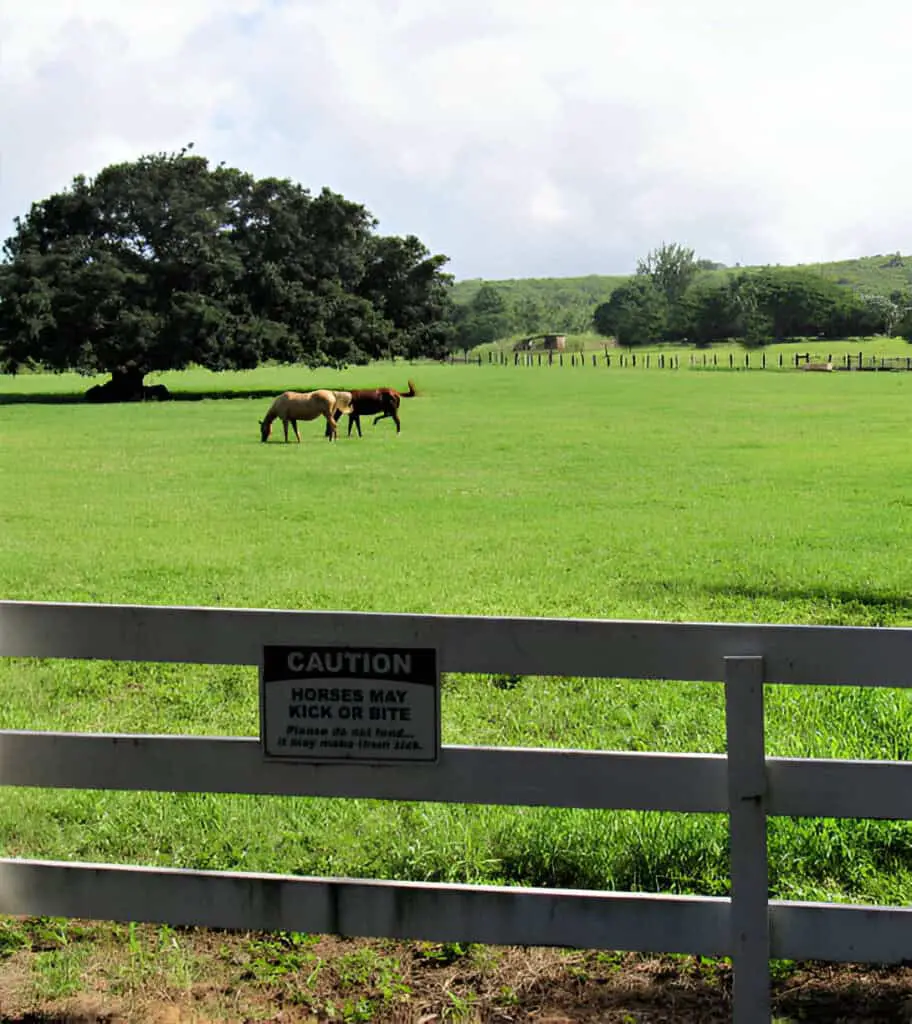
| Read: What Does It Mean When A Horse Lays Down? |
Factors that Affect the Waiting Period
Just as we wouldn’t feed horses wet hay, we have to consider several factors when planning a post-spray grazing schedule. These can make or break the time it takes before horses can safely graze again.
1. Herbicide Type and Application Rate
Herbicide labels are like instruction manuals for pasture management. They’ll tell you how much to apply and how long to wait before horses can safely return. For instance, if you used a concentrated residual herbicide, the label might suggest waiting longer than if you used a light dose of a selective herbicide.
2. Weather Matters
Here’s where Mother Nature has her say. Warm, sunny days tend to break down herbicides faster than chilly, damp conditions. A nice warm spell can sometimes shorten the waiting period, but if it’s raining cats and dogs, the herbicide might take longer to dissipate.
3. Pasture Layout
If you’ve got a large pasture, you might apply herbicides in certain sections and keep others herbicide-free. This setup lets you rotate grazing areas, so your horses can still roam without risking exposure. Even better, it lets you avoid waiting altogether for parts that didn’t need spraying.
4. Health and Age of Your Horses
A bit like how kids and seniors might have different dietary needs, young or older horses, or those with health conditions, might need a bit more time before they can safely graze on treated pastures. Erring on the side of caution is never a bad idea here.
Realistic Waiting Periods for Common Herbicides
There’s no one-size-fits-all answer, but most herbicides suggest waiting anywhere from a few days to several weeks before letting horses back onto a treated pasture. Here’s a quick reference:
| Herbicide Type | Recommended Waiting Period |
| Selective | Typically 7-14 days |
| Non-Selective | 2-4 weeks |
| Residual | Up to 4-6 weeks |
| Contact | Usually safe after 1-3 days, but check the label. |
| Systemic | Often 2-3 weeks |
Don’t Forget: Check the Label!
The most reliable advice often sits right on the herbicide bottle. Herbicide labels provide re-entry intervals specific to horses, so taking an extra minute to read can help you avoid unwanted risks.
Grazing Alternatives While the Waiting Game Continues
When you need to keep your horses off the pasture, a little ingenuity can make a significant difference. Here are some options to keep your horses fed and content:
1. Dry Lots or Dry Paddocks
Dry lots are lifesavers in times like these. You can place hay or feed in a clean, fenced area where your horses can roam safely without access to treated grass. They’ll still get their exercise, minus the worry.
2. Supplemental Feeding
Bringing in extra hay or forage during this period can ensure they get all the nutrients they need. Think of it as meal prepping for your horses—providing safe, tasty alternatives that keep their diet on track.
3. Rotational Grazing
If you have untreated sections of pasture, rotating grazing areas can buy you some time. While one section rests and detoxifies, they can graze in an untreated area, and you can work your way around the pasture.
4. Temporary Turnouts
If you have any extra land that isn’t sprayed—say, an unused part of the property or even a neighbor’s clean field—these temporary grazing zones can be lifesavers. Just be sure the area is free of any hazards and has adequate forage.
Staying Proactive: Tips for the Future
Taking a few preventative steps in pasture management can save you future headaches. Here are some tips I’ve picked up along the way:
- Spot Treat Weeds: Instead of spraying the entire pasture, focus on those pesky patches. Less herbicide means less downtime.
- Natural Weed Control: Consider options like mowing or even natural weed competitors. These methods effectively suppress weeds and minimize the need for chemicals.
- Monitor Herbicide Efficiency: Track how well the herbicide works, so you know if it’s effective or if it’s time to consider alternative methods.
By staying mindful of how much, where, and when you spray, you’ll keep your pastures greener and safer, giving your horses the grazing paradise they deserve.
Conclusion: The Payoff in Patience
Ultimately, the waiting period is a worthwhile investment for ensuring peace of mind. By being mindful of the type of herbicides, environmental conditions, and grazing options, you can keep your horses safe and your pastures healthy. It might feel like a long wait, but following these steps means you can focus on what truly matters—your horses’ health and happiness.
With a bit of patience and a sprinkle of creativity, you’ll have a pasture that’s as safe as it is inviting. Here’s to joyful, healthy horses and weed-free pastures!


